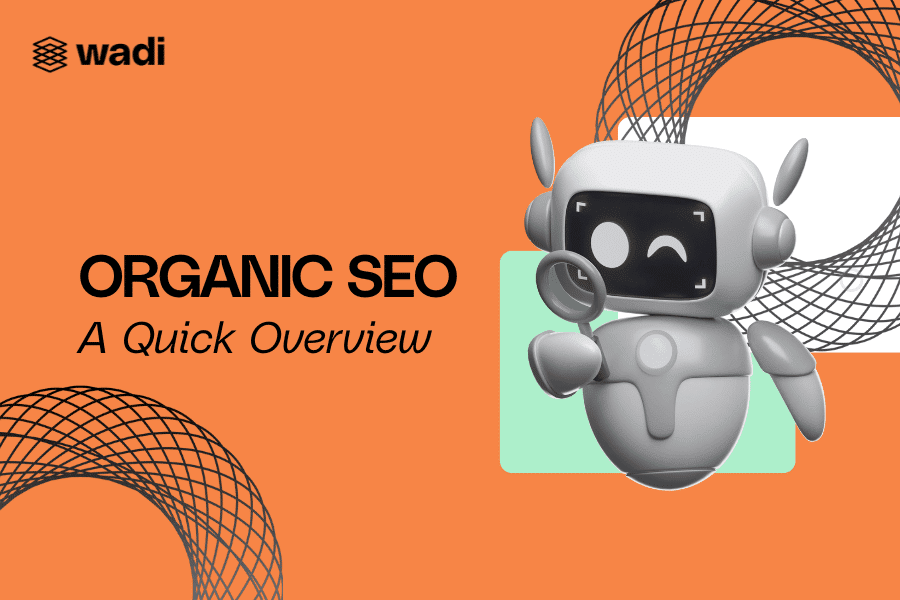Table of Contents
TogglePPC advertising is one of the most effective digital marketing strategies B2B brands can use to grow their online presence and engage customers. But many B2B companies that create their own PPC campaigns don’t know how to write ad PPC copy.
PPC ad copy is the words and phrases marketers use in an advertisement. B2B copywriting requires writers to educate readers and distill complex ideas into only a few words. Successful ad copy should grab the reader’s attention and be easily understood. Creating compelling B2B ad copy can help brands reach their target audience and boost conversion rates.
The Importance of Ad Copy for B2B Campaigns
Copywriters for B2B companies must look at popular keywords, search patterns, and marketing trends that resonate with their brand’s target audience.
While the underlying principles of copywriting are the same for B2B and B2C brands, B2B advertisements typically have a different feel.
B2C copywriting focuses on creating an emotional response by satisfying a customer’s “wants” rather than their “needs.” For instance, a customer might want a Jet Ski. While no one needs a Jet Ski, effective copywriting will convince them that they want one.
Conversely, B2B copywriting focuses less on eliciting an emotional response and more on educating and communicating ideas. B2B customers typically work on a longer sales cycle than retail customers and will do more research before making a purchase. Brands can create powerful B2B ad copy by highlighting 1-2 major selling points in a succinct message.
Compelling B2B ad copy will usually include factors such as:
- Cost
- Impact on profit
- Impact on productivity
Brands should prioritize creating powerful ad copy because it is the thing that brings customers through the door. Like signs, banners, and other advertisements, compelling ad copy will encourage users to click on your PPC ads, boosting your engagement and sales.

7 Tips to Create Compelling PPC Ad Copy for B2B Campaigns
To create compelling PPC ad copy, B2B brands should understand the essential elements that go into copywriting. By understanding and perfecting these elements, B2B brands can improve marketing effectiveness and boost engagement and sales.
1. Competitive Research
A significant aspect of creating PPC ad copy is conducting keyword research. Brands will need to input the right keywords to reach their target audience. Marketers can use PPC keyword tools or search for their product or service online and see which popular words appear frequently.
2. CTA Integration
Any good piece of marketing has a strong call-to-action (CTA). PPC ad copy should include verbs or phrases that encourage the reader to take a specific action.
For instance, “Buy Now,” “Call 555-5555 Today,” or “Visit Our Stores.”
3. Writing Styles
PPC campaigns can involve multiple iterations of the same ad copy to engage different customers. Brands can utilize different writing styles and themes to diversify their marketing communications.
For the same ad link, brands can incorporate styles that focus on humor, expressive writing, facts-based, storytelling, and more. Over time, brands can analyze which writing styles lead to improvements in engagement and sales.
4. Target the Right Audience
To create a successful PPC campaign, brands should clearly understand their target audience. Companies can define their target audience by age, sex, race, ethnicity, gender, income level, family size, location, and other demographic data.
PPC ad tools like Google Ads provide companies with audience-targeting features to ensure that likely customers only see a company’s marketing. By accurately targeting their audiences, companies can improve the effectiveness of their PPC campaigns.
5. Utilize Numerical Data
Using numerical data is an easy to convey information in a short message. This includes phrases like “Save 10%,” “Get 500 Leads This Week,” or “It Costs $0.”
Ad copy that includes numerical data can leave a lasting impact on consumers. By quantifying the benefit of your product or service, brands can quickly communicate powerful ideas to their target audiences.
6. Match to Search Intent
Another component of PPC advertising is search intent. Search intent refers to the keywords someone uses to search for a product or service. Brands can test their search intent keywords by inputting them into search engines and analyzing if the results are similar to their product or service.
B2B companies should understand the popular search intent phrases for their product or service and incorporate them in their PPC ad copy.
7. Use Emotive and Power Words
Similar to B2C copywriting, B2B copywriting should elicit some emotional response. Using emotive or ‘power’ words can help grab a reader’s attention, which can help boost engagement numbers.
How to Measure the Impact of your PPC Ad Copy
Once brands launch a PPC campaign, the following steps are to review and improve for future campaigns. Fortunately, many PPC ad copy tools and platforms provide companies with performance data such as impressions, clicks, click-through rates, and conversions.
1. Impressions
The number of impressions shows how many times your PPC ad was seen or displayed. The more impressions mean, the more users have been shown your product or service.
2. Click-Through Rate (CTR)
A brand’s click-through rate indicates how many users clicked on your PPC ad after seeing it. This can help you understand the effectiveness of your PPC ad copy.
3. Conversion Rate
Conversion rates are a metric that depends on your business goals. A brand’s conversion rate is the number of people that take the desired action compared to the number of people that saw the ad.
A conversion could be a call, form submission, sale, email signup, file download, or any action that takes place on your website. Conversion rates are arguably the most important metric because they show how effective your ads are at finding your target audience and having them achieve the desired effect.
Using analytical tools, brands can identify strengths and weaknesses in their PPC campaigns, such as replacing keywords, redefining target audiences, altering CTAs, and more.
Conclusion
Creating effective B2B ad copy is crucial to building a successful PPC campaign. B2B copywriting requires brands to construct easily understood, succinct, and engaging messages to engage likely customers.
By understanding the elements of copywriting and the differences between B2C and B2B marketing, B2B brands produce powerful PPC ad copy that will reach new customers and boost sales.






